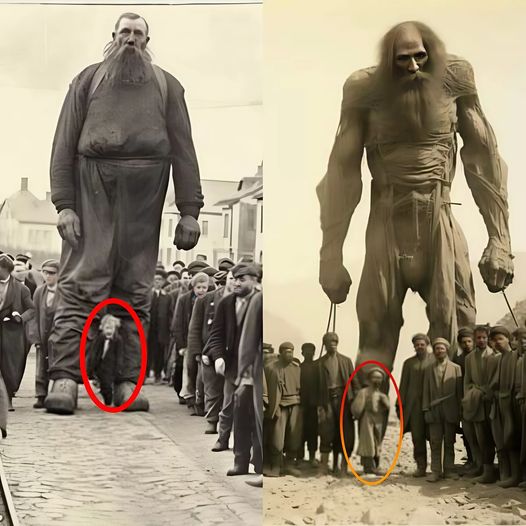The ancient Mound Builders of North America have long intrigued historians and archaeologists alike. These enigmatic people left behind impressive earthworks and mounds scattered across the continent, raising questions about their origins, culture, and the grand myths that surround them. Among these myths, two stand out: the existence of giants among the Mound Builders and the notion of a Hollow Earth. Let’s delve into these fascinating aspects of American history and explore the truth behind the legends.
The Mound Builders were a diverse group of Native American cultures that constructed various styles of earthen mounds for religious, ceremonial, and burial purposes. These mounds, some of which date back over 5,000 years, are found primarily in the Mississippi River Valley and the Great Lakes region. The largest of these structures, such as the Cahokia Mounds in Illinois, stand as a testament to the sophisticated societies that built them.
One of the most persistent myths associated with the Mound Builders is the existence of giants. Numerous 19th and early 20th-century newspaper articles, journals, and books reported the discovery of giant skeletons within some of these mounds. These accounts often described skeletons ranging from seven to ten feet tall, sparking widespread speculation about a race of giant humans who once inhabited North America.

However, modern archaeology has debunked these claims. Most of the supposed “giant” skeletons were either misidentified, exaggerated, or outright hoaxes. No credible scientific evidence supports the existence of a race of giants among the Mound Builders. Instead, these stories likely stemmed from a combination of sensationalism, misinterpretation of skeletal remains, and the human tendency to embellish the unknown.

Another intriguing myth tied to the Mound Builders is the Hollow Earth theory. This concept posits that the Earth is hollow and inhabited by advanced civilizations. Proponents of this theory have suggested that the Mound Builders had knowledge of or even originated from these subterranean worlds. The idea of a Hollow Earth has been a part of various mythologies and speculative fiction for centuries, capturing the imaginations of many.

Despite its allure, the Hollow Earth theory lacks scientific credibility. Geophysical research and modern science provide clear evidence that the Earth’s interior is not hollow but composed of solid and molten layers. While the theory makes for fascinating storytelling, it does not hold up to scientific scrutiny.


Leave a Reply